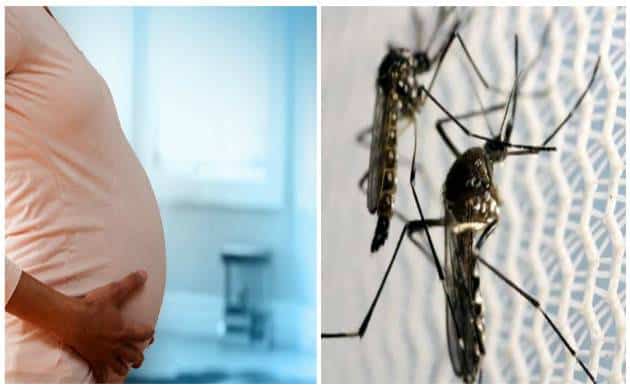New Delhi: Zika virus infection in the womb may cause babies to be born with severe joint deformities, particularly in the arms and legs, a new study suggests.According to researchers, it has been found that Zika virus destroys brain cells and forms lesions similar to “scars” on which calcium is deposited, resulting to a condition known as arthrogryposis – which causes joint deformities at birth.
Microcephaly – a rare birth defect where a baby is born with an abnormally small head – and other severe foetal brain defects are the main features of congenital Zika virus syndrome, researchers said.
Until recently there were no reports of an association between congenital viral infection and arthrogryposis.
A group of Brazilian researchers, including those from Barao de Lucena Hospital and Federal University of Pernambuco decided to investigate the possible causes of the joint deformities. They studied detailed brain and joint images of seven children with arthrogryposis and a diagnosis of congenital infection, presumably caused by Zika virus.
All children tested negative for the five other main infectious causes of microcephaly – toxoplasmosis, rubella, cytomegalovirus, syphilis and HIV. All children showed signs of brain calcification, a condition in which calcium builds up in the brain. According to researchers, the Zika virus destroys brain cells, and forms lesions similar to “scars” on which calcium is deposited. All the children underwent high definition scanning of the joints and surrounding tissues, but there was no evidence of joint abnormalities.
This led researchers to say that the arthrogryposis “did not result from abnormalities of the joints themselves, but was likely to be of neurogenic origin” – a process involving motor neurones – cells that control the contraction or relaxation of muscles – leading to fixed postures in the womb and consequently deformities.
Researchers said that further research is needed with a larger number of cases to study the neurological abnormalities behind arthrogryposis, but suggest that children should receive orthopaedic follow-up … “because they could develop musculoskeletal deformities secondary to neurological impairment.” “Congenital Zika syndrome should be added to the differential diagnosis of congenital infections and arthrogryposis,” the researchers concluded. The findings were published in The BMJ.
PTI

